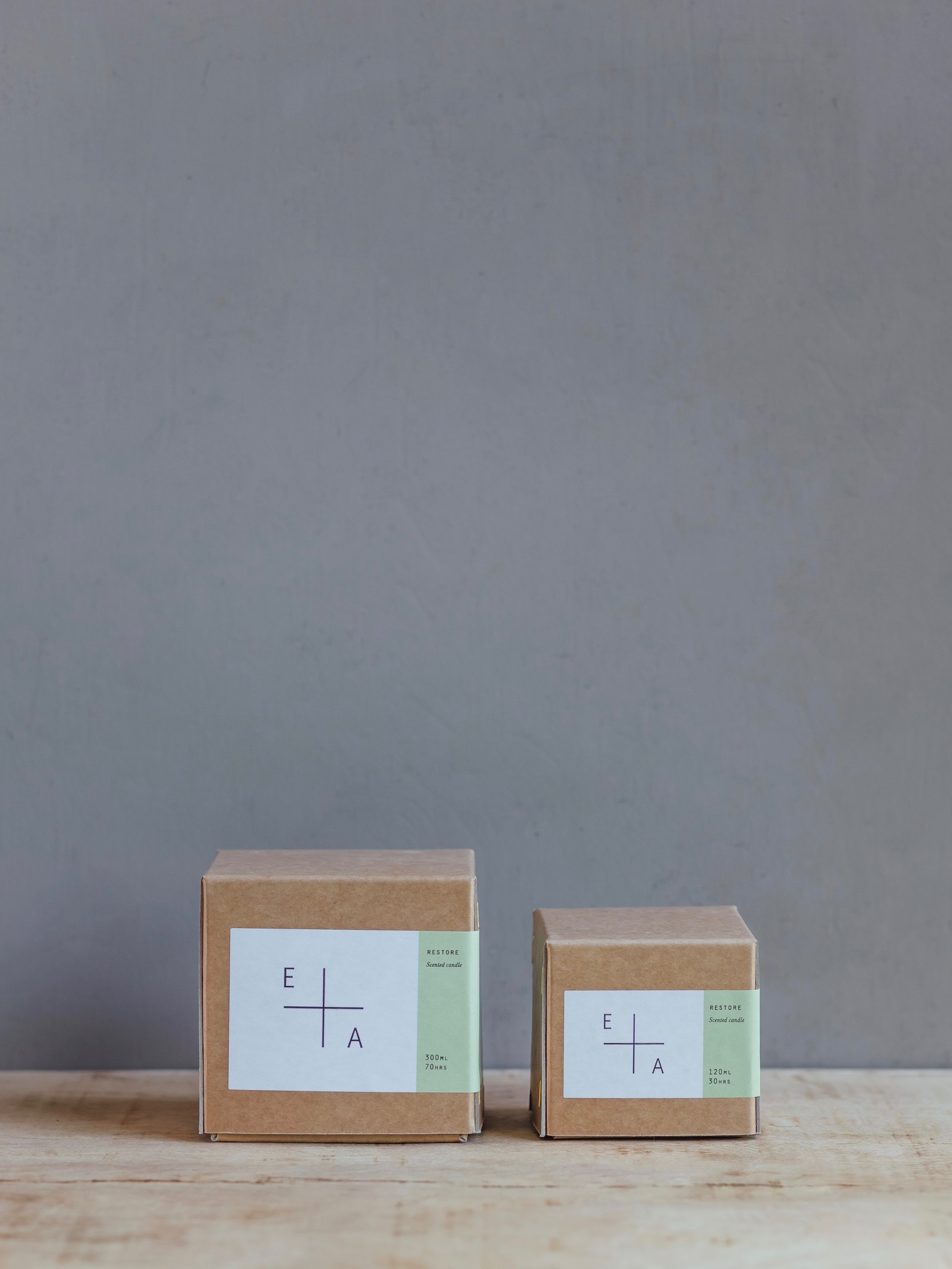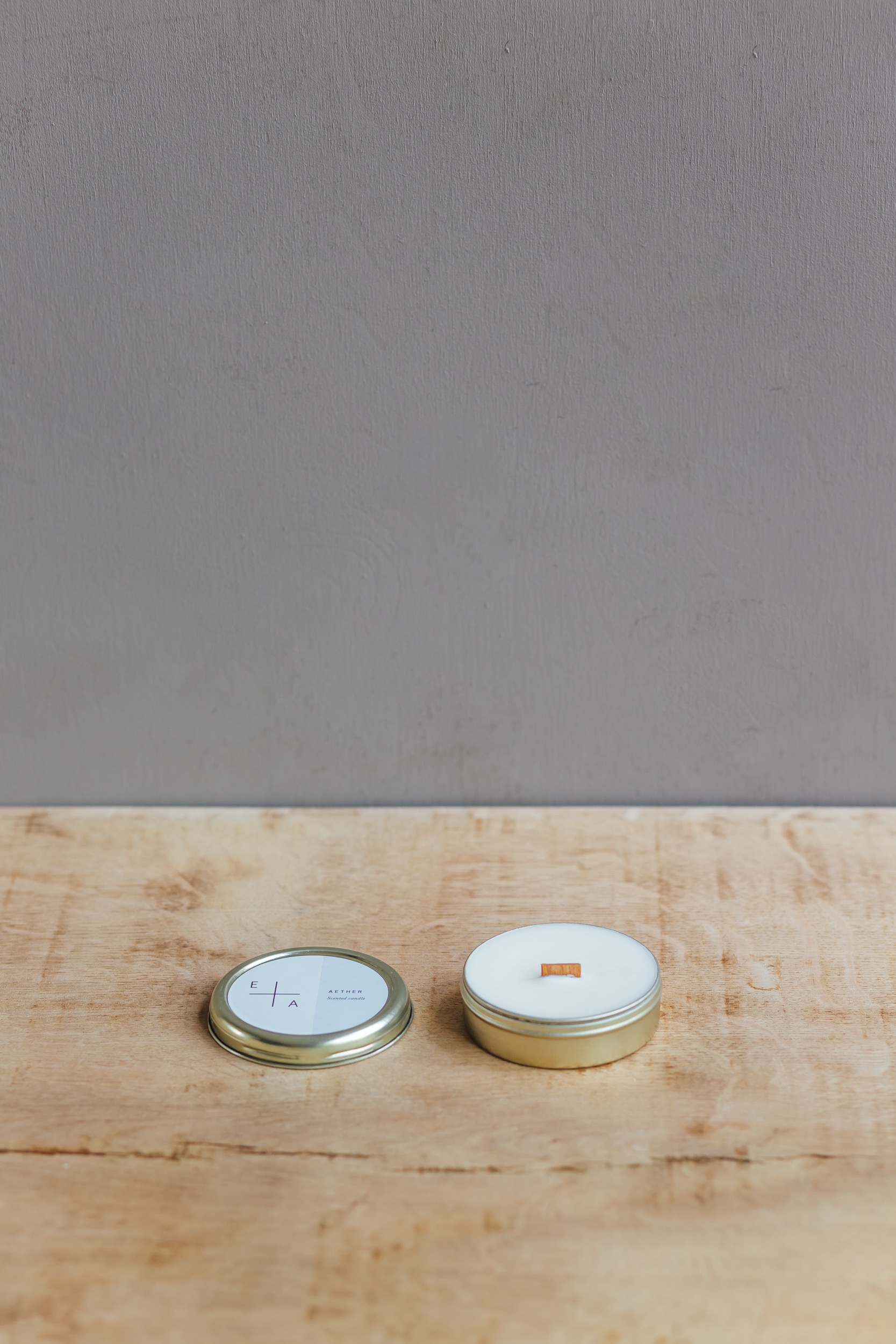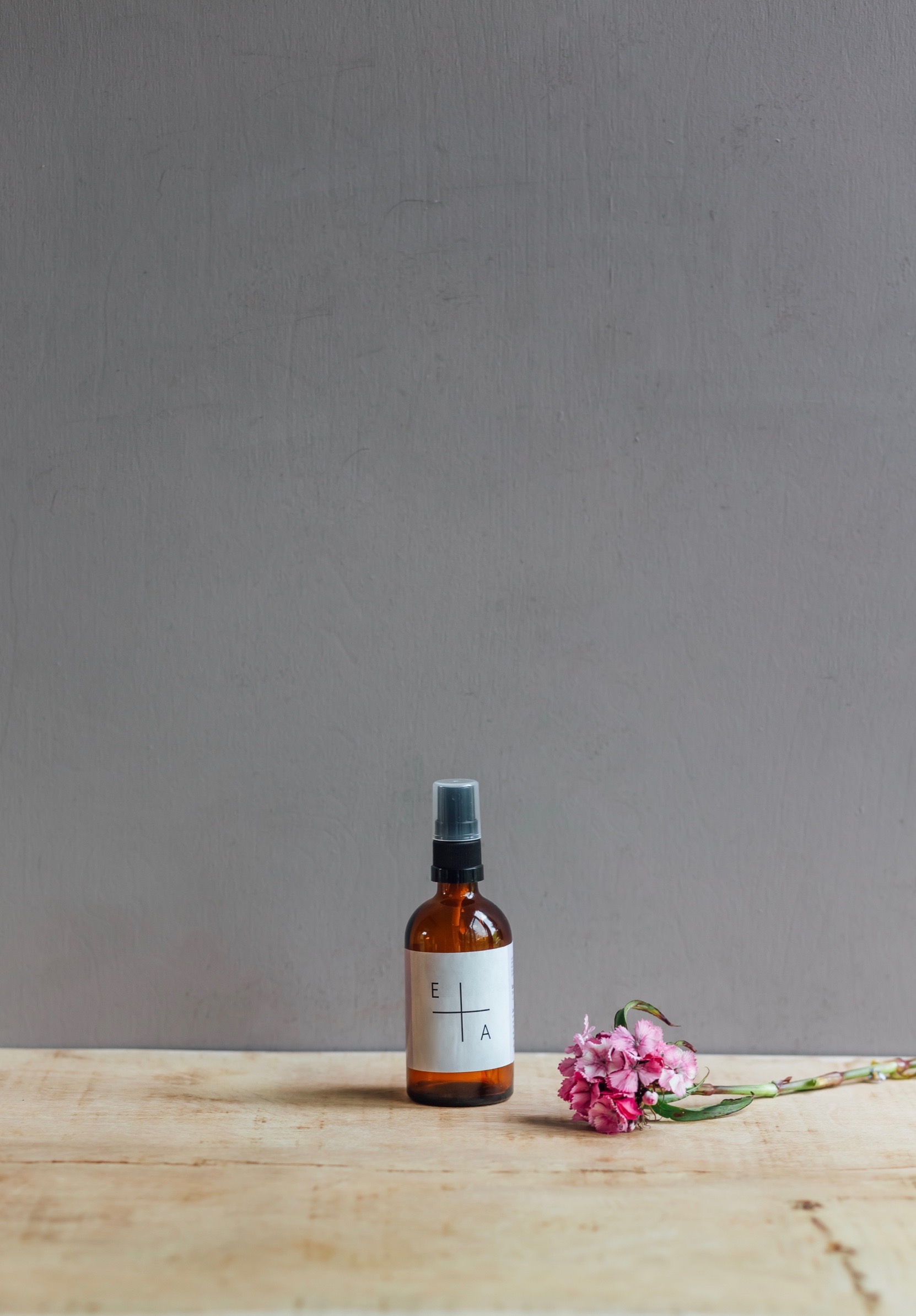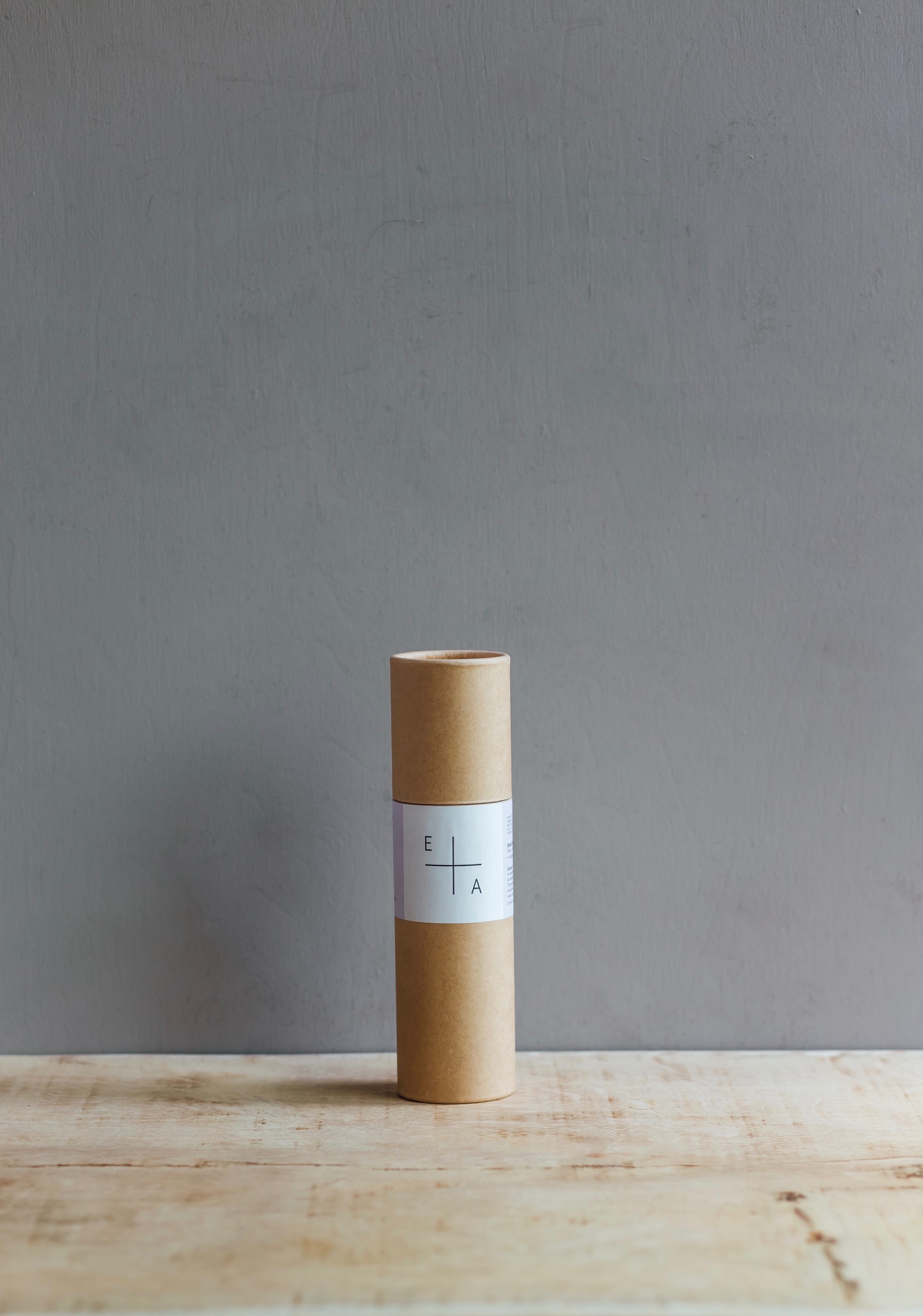When a Second World War airman failed to return from a mission, his RAF comrades would declare grimly that he had gone for a Burton. The 'Burton' in this case was Burton ale - once as common as IPA is today. With this adapted recipe by Joly Braime, you can create this vanished ale at home...
Illustration by Louise Logsdon
In The Home Brewer’s Guide to Vintage Beer (2014), Ron Pattinson observes that: “Burton, as consumed in London, is a puzzle – for the way it so quickly disappeared physically from the bar and virtually from people’s memories. In 1950 it was on draft in every pub in London.Twenty years later, few could even remember what it was.”
Though occasionally confused with IPA – that other famous Burton-on-Trent brew – Burton ale was a different beast. Broadly, it was strong, sweetish and quite heavily hopped and was distinctive for the fact that it was meant to be stored and matured.
There are still a few Burtons left, living quietly under assumed names. If you want to try a 20th-century Burton ale, one is still produced seasonally under the Young’s brand, only they changed the name to Winter Warmer in 1971. According to Protz, Fuller’s well known ESB developed from its former Burton, while Cornell reckons Theakston’s Old Peculier “has all the hallmarks of a Burton”. And the original, supercharged stuff is very occasionally available as Bass No 1 Barley Wine.
Or, you can have a go at brewing your own. This simple recipe is adapted from an 1850 Whitbread and an 1877 Truman, and inspired by The Home Brewer’s Guide to Vintage Beer. It comes out full of flavour and body, and makes for surprisingly easy drinking, although at 7.5% it hits pretty hard.
1. Heat 26 litres of water to 76°C, then stir in 8.5kg of pale malt (Maris Otter).
2. Mash (steep) the grain for an hour and a half. Keep the temperature as close to 66°C as you can, either by insulating or very gentle warming.
3. Collect the wort (liquid). Sparge (rinse) the malt with another 10 litres of water, heated to 76°C. Do this slowly to extract the maximum amount of sugar.
4. Bring the wort to the boil, then add 150g of East Kent Goldings, 1 teaspoon of carragheen (to help it clear) and 2 teaspoons of Burton salts (to replicate the mineral-rich water of Burton-on-Trent). Boil for an hour and a half, adding 150g more Goldings after an hour. There will be a lot of steam.
5. Cool the wort as quickly as you can, bringing it down to about 22°C.
6. If you have a hydrometer, check the specific gravity (SG). It should be around 1081. You can adjust it up by adding sugar, or down with water.
7. Put the wort in a fermenter or large bucket then whisk vigorously for a few minutes to aerate it. Add a high-tolerance yeast (I used Mangrove Jack’s M15 Empire Ale). Whisk again, then fit a lid and an airlock (or drape a clean tea towel over the top).
8. Make a bonus batch of ‘small beer’ by repeating steps 3-7. Because the Burton ale uses so much grain, there will still be plenty of sugar left in the malt. Sparge slowly, keeping an eye on the SG of the wort to make sure it doesn’t drop below 1035. I got about 20 litres, which I brewed with 75g of Fuggles hops to make a gentle 3.5% pale ale.
9. Leave to ferment for about five days – or until the gravity is down to around 1024 – then rack (siphon the beer carefully off the sludge) into a clean vessel.
10. Bottle after a few more days, adding half a teaspoon of sugar to each 500ml bottle (you should get about 35 bottles). Set aside for at least six weeks if you can bear it, and no less than two if you can’t.
Joly Braime is a writer and a home brewer. His workload is fairly eclectic, from outdoor magazines and a book on Sherlock Holmes to erotic fiction. He spends his leisure time tramping the moors or filling his coal shed with homemade alcohol.
jolybraime.co.uk




















